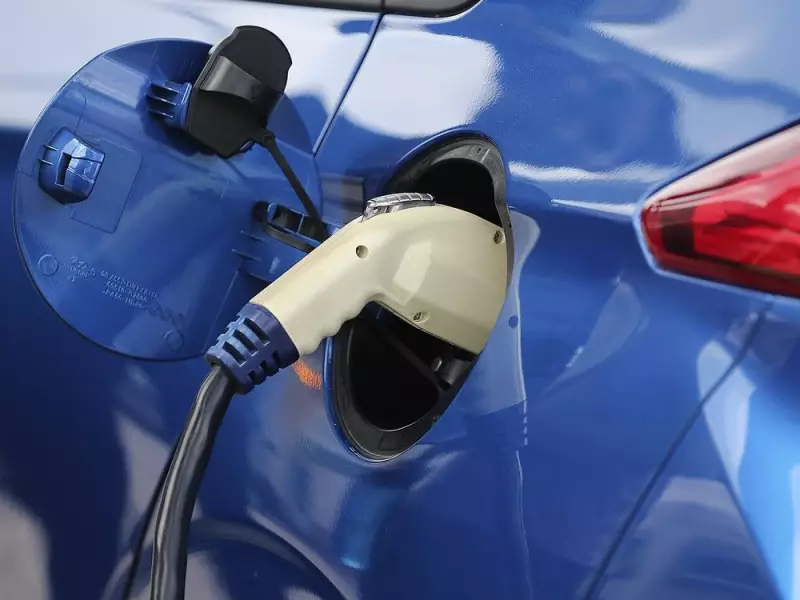
Canada's bold push toward an all-electric future is hitting some serious speed bumps, according to a critical analysis of the federal government's ambitious zero-emission vehicle mandate. The plan requiring all new vehicles sold to be electric by 2035 faces monumental challenges that critics say make the timeline virtually unachievable.
The Infrastructure Chasm
The most glaring obstacle? Canada's charging infrastructure is woefully inadequate for the coming electric revolution. Current estimates suggest we need to install approximately 400 charging ports every single day until 2035 to meet demand. That's a staggering pace of construction that shows no signs of being met.
Consider this: during the first nine months of the mandate's initial phase, Canada managed to install only about 3,500 new public charging ports. At this rate, we'd need 96 years to reach the required number of stations.
Supply Chain Realities
Beyond charging stations, the automotive supply chain presents another massive hurdle. Canada simply doesn't produce enough electric vehicles to meet the mandated targets. Even with increased production from domestic manufacturers, we'll remain heavily dependent on imports.
The global competition for EVs is intensifying, with the United States and European Union implementing aggressive policies to secure their own supplies. This leaves Canada in a precarious position, potentially facing vehicle shortages and skyrocketing prices.
Affordability Crisis
For ordinary Canadians, the price tag of electric vehicles remains a significant barrier. The average EV costs approximately $20,000 more than comparable gasoline-powered vehicles. While prices are gradually decreasing, they remain out of reach for many families already struggling with cost-of-living pressures.
This affordability gap raises serious questions about equity and accessibility. Will the EV transition create a two-tier system where wealthier Canadians drive electric while others are priced out of new vehicle ownership entirely?
Grid Capacity Concerns
Canada's electrical grids face their own set of challenges in supporting millions of new electric vehicles. Peak charging times could strain systems already pushed to their limits during extreme weather events.
The necessary upgrades to generation capacity and distribution networks represent another massive infrastructure investment that must be addressed simultaneously with the charging station rollout.
A More Realistic Path Forward?
Critics argue that while the goal of vehicle electrification is laudable, the current timeline sets Canada up for failure. A more pragmatic approach might include:
- Phased implementation with regular reality checks
- Greater investment in charging infrastructure before mandating sales
- Technology-neutral approaches that include hybrids and other transitional technologies
- Addressing supply chain vulnerabilities through strategic partnerships
The fundamental question remains: Can Canada overcome these enormous challenges in time, or is the 2035 mandate destined to become another well-intentioned but unachievable environmental target?





